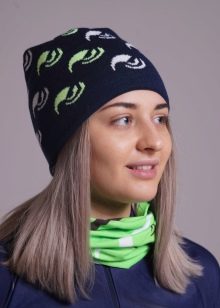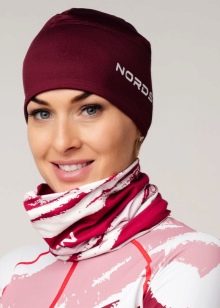Choosing ski clothes
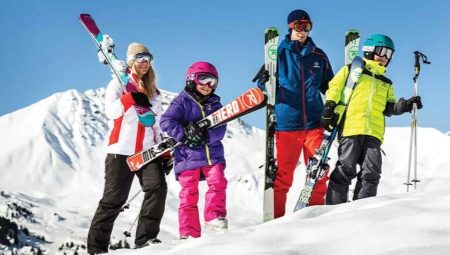
Choosing equipment for skiing must be very thoughtful, because thermal underwear and other clothing for skiers is what allows you to conquer white spaces without any problems. Getting acquainted with an overview of children's, women's and men's skiing clothing, balaclavas and other accessories, one must remember that health and safety largely depend on them.
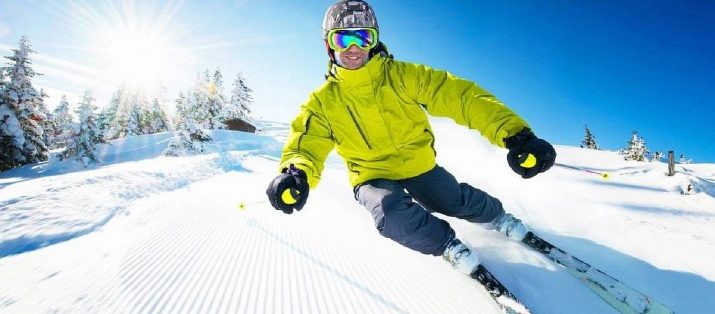
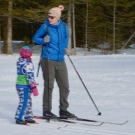
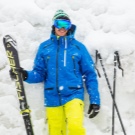
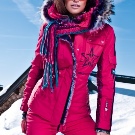
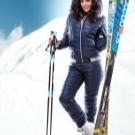
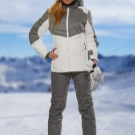
Peculiarities
A common misconception is that skiing clothing is the same one usually worn in winter. Supposedly, it should only protect from the cold. But this is a serious and sometimes even dangerous misunderstanding. Yes, for those skiers whose concept of skiing is reduced only to a certain number of walks in the park and other nearby areas, this may be true. However, any truly sporting activity already makes much higher demands.
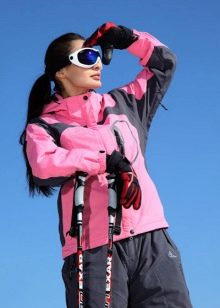
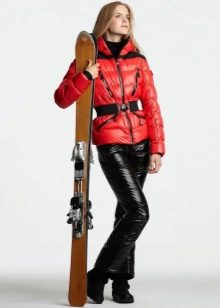
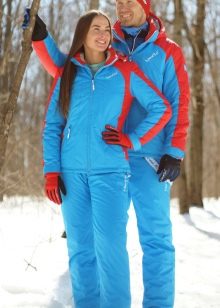
As in the segment of casual clothing, there are many companies producing equipment for skiers. All of them, in one way or another, strive to increase the waterproofness of the equipment. This is precisely its main characteristic. Falling into the snow cannot be ruled out, even for a top-class athlete, and it is very important that the training or race continues after that. Also, ski equipment, unlike regular trousers, jackets and sweaters, will not slip.
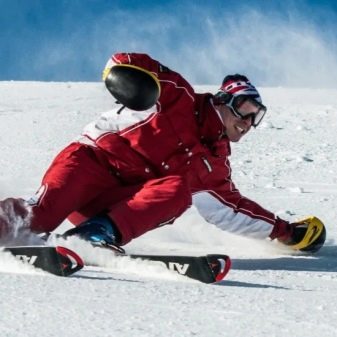
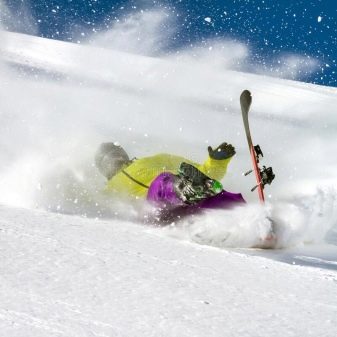
Anti-slip properties are especially important when skiing. Gloves will also be included in the usual set for training and competition races. Skiers often have to touch snow and snow-covered skis and other objects. It is impossible to do this without special protection.In addition, low temperatures and sometimes wind make hand protection a must.
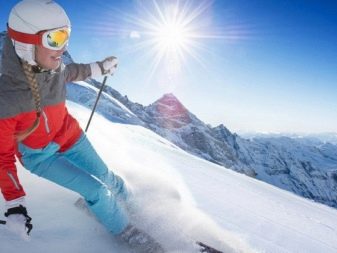
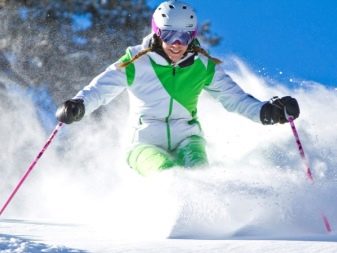
The basic requirements for gloves do not differ from the requirements for suits. It is necessary to choose items that are comfortable, warm and completely impervious to water. Professional skiers prefer tall gloves that even protect the wrist and have extra lacing... Along the way, reliable, well-selected thermal underwear is used - it is chosen strictly individually. Skiing also involves the use of winter hats, and even better - balaclavas, which proved to be excellent in both windy and frosty weather.

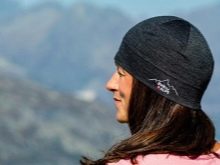
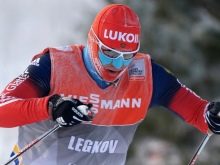
What should it be?
Do not think that ski uniforms are universal, and you can pick up a certain set suitable for anyone. On the contrary, there is a clear division between equipment for:
-
professional athletes;
-
ordinary amateurs;
-
tourists.
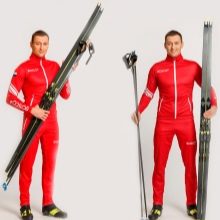

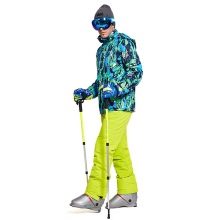
Participants in high-level competitions develop, albeit high speed, but for a short time. Ordinary amateurs go skiing, albeit not with such results, but sometimes they go on them for long hours every day. And for tourists it is important that the shape allows for long passages far from civilization, that it is absolutely reliable. And therefore, equipment of all three types is not interchangeable. Attempts at such a replacement will only lead to inconvenience and discomfort.
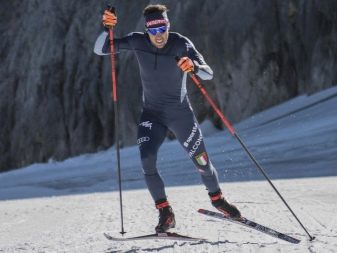
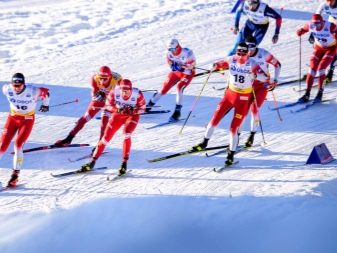
Professional sportswear is made tight-fitting, made of elastic fabric. It should not restrict movement. The design is specially calculated taking into account aerodynamics, otherwise records cannot be achieved. This approach is especially typical for the elite uniform, which is acquired for national and international competitions. Recreational skiing allows for a more relaxed fit.
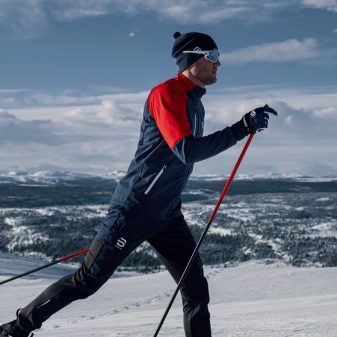
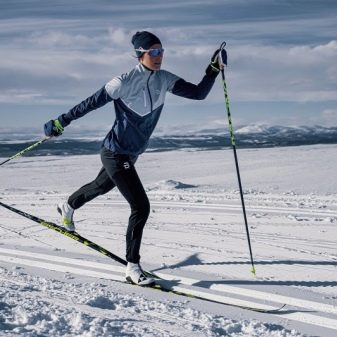
Models for light walks and tourism have a very special cut and specific requirements for thermal insulation. But in the same way, maximum convenience and functionality is required. Men's and women's clothing for skiers differs only in cut, sometimes in colors, and children's clothing differs from adults only in size and proportions.
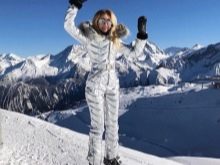

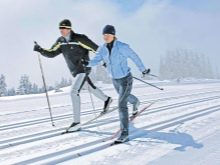
Thermal underwear turns out to be the base layer. He is required to:
-
tight fit;
-
lack of any hesitation;
-
minimal allergic level.
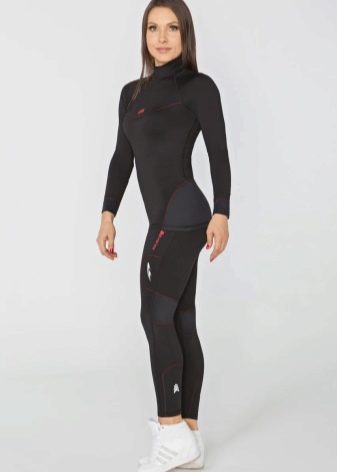
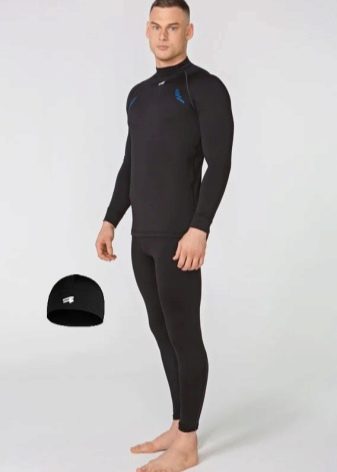
Seamless thermal underwear is preferred. Slightly worse than the model with an external flat seam. Thermal underwear materials are chosen according to your taste. Cotton is great for walks and short daily runs. For tourist use, wool is the best option, and for professional competitions, modern synthetics (proven materials).
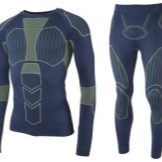
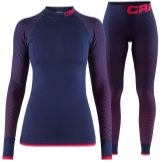

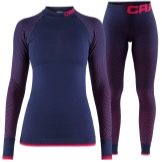
Additionally you will need:
-
pants;
-
hoodies;
-
t-shirts.
The outer protective "layer" is usually formed from membrane tissue. She will not miss rain, snow, or wind. However, the removal of evaporated moisture and sweat will not be a problem. In addition to a jacket or vest, the outer "layer" usually includes jogging trousers.
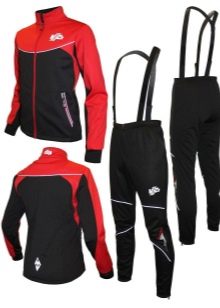
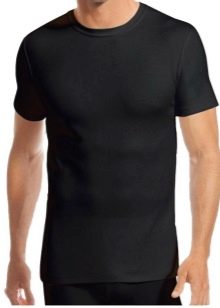
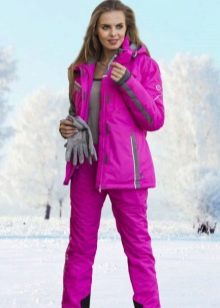
Clothes for freestyle (freeride) are slightly different. It is calculated for very sharp, rapid weather changes that are common in the mountains. The piercing winds are also dangerous for freestylers. There are a number of cases when such skating, due to poor equipment, even ended tragically. In order not to face once again problems and dangers, it is necessary to pay attention to the windproof properties of the equipment.
In addition, freeriding implies elements of mountaineering ascents at certain stages, which makes sweat removal serious.
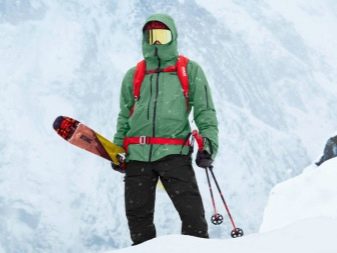
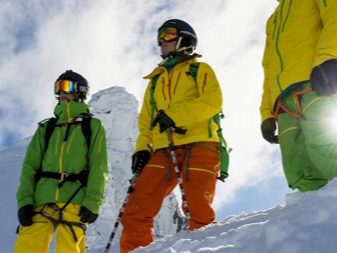
Other important nuances:
-
surface strength - so that the first branch encountered does not interrupt the race;
-
elasticity of the upper layer of the fabric;
-
high quality ventilation (you don't have to rely on membranes alone - it is important to use additional technologies);
-
specific system of tightening-tightening-belts;
-
especially careful execution of internal seams;
-
obligatory stand-up collar.
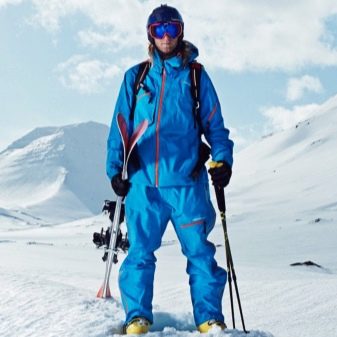

How to choose?
Suits for skiers are divided into walking and warm-up suits. The first type is needed mainly for novice athletes and those who do not walk too fast. Basically, these suits protect from wind and frost. Warming is usually done with padding polyester. Warm-up (training) equipment is designed for increased loads.
It perfectly removes moisture and at the same time conserves heat. Such ammunition is suitable for those who already know how to skate. A typical training jacket is made from synthetic materials. Fleece is mainly used for insulation, but these are entry-level products. In more serious cases, Thinsulate or Polartec are used.
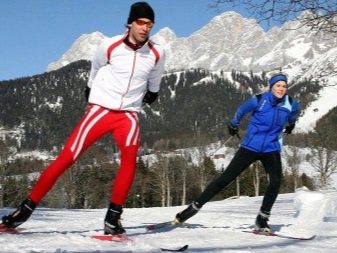
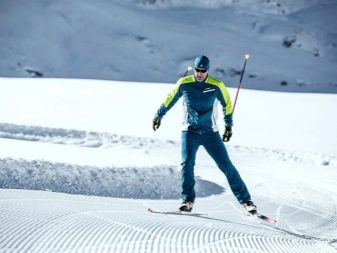
Such materials:
-
do not give allergic reactions;
-
perfectly wick away sweat;
-
do not allow moisture to pass from the outside;
-
excellent heat retention.
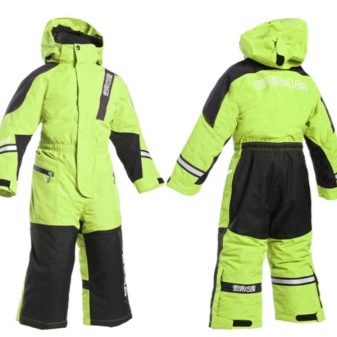
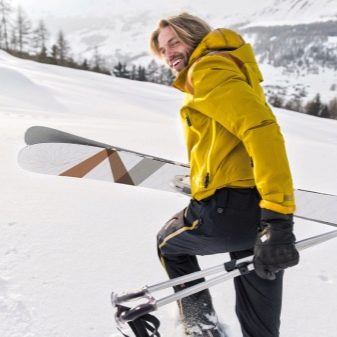
You should categorically avoid suits insulated with padding polyester or down. Their performance will deteriorate every time after washing.
Trousers are most often taken from the same materials as jackets. However, sometimes it is practiced to add a fleece of wool or fleece. Ski suits are also in demand based Softshell material.
It is imperative to evaluate the moisture permeability coefficient.... It is he who talks about the comfort of the exercises. At a level of 5 - 10 kg per 1 sq. m. - you can train from 60 to 120 minutes, which will suit beginners. An amateur ride is possible even with a permeability of 10 to 15 kg per square meter. m. The level from 15 to 20 kg is suitable for the longest journeys, maximum sports load and tourism.
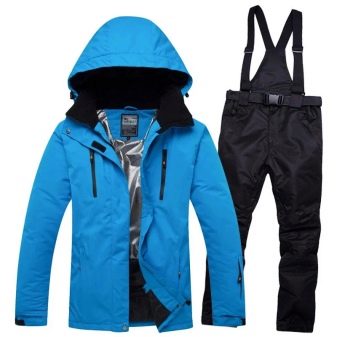
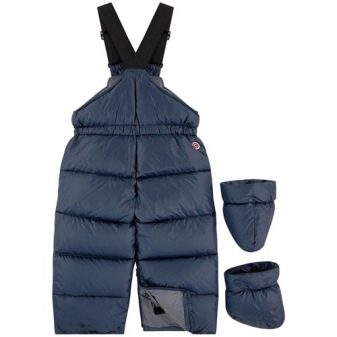
If there are severe frosts or windy weather, you will have to additionally use a warm vest with a windproof membrane. The best suit is the one that cools the body at first. During the ride, it will get warmer - and you won't be able to freeze. Beginner skiers should wear trousers with shoulder straps; thanks to this solution, the lumbar area will be protected even in the event of a fall.
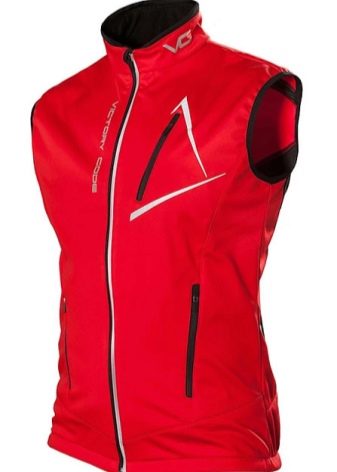

Choosing trousers separately from a jacket, you should give preference to options with a front windproof membrane. Models of self-dumping trousers are in great demand. Special zippers on the sides along the entire length of the legs make it easy to change clothes and change thermal underwear sets.
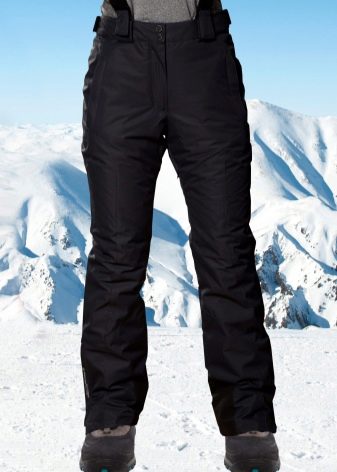
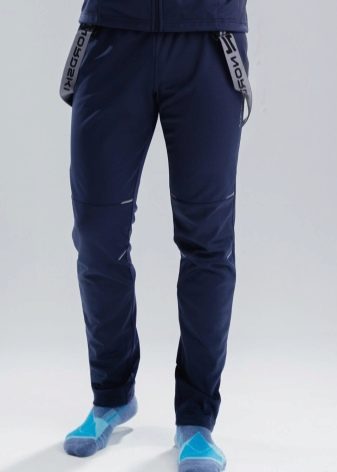
The size of the jacket is chosen by:
-
shoulder width;
-
half the girth of the chest;
-
the length of the sleeves;
-
dorsal height.
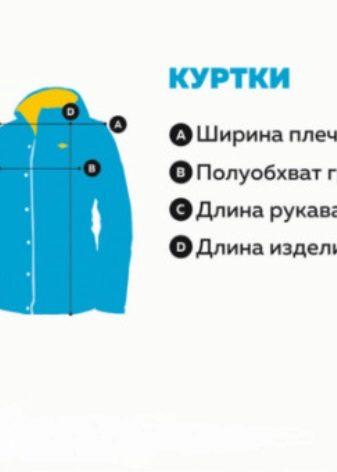
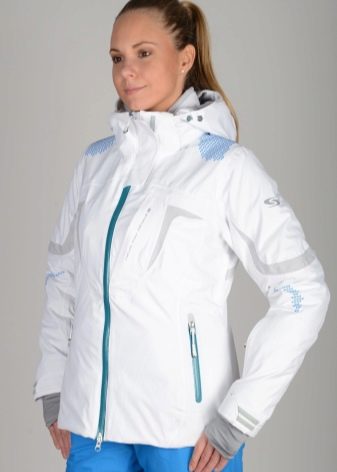
The size of the trousers is estimated by:
-
width at the waist;
-
half of the hips;
-
belt height;
-
the length of the legs;
-
step seam.
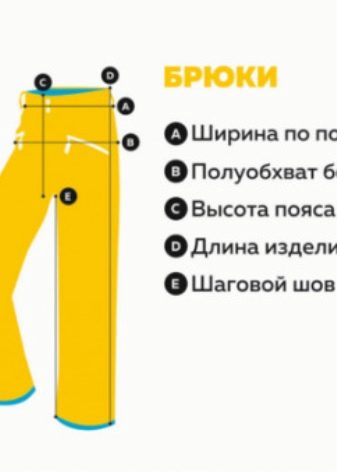
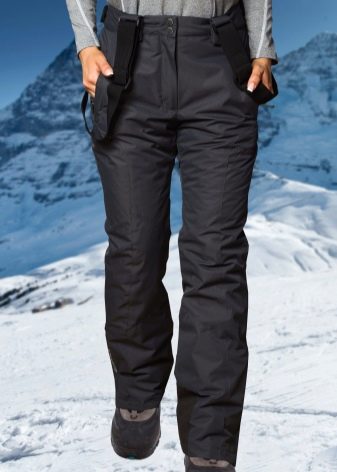
Optional accessories
Among them, the most attention is naturally attracted by the balaclava. It is chosen no less carefully than the main piece of clothing. They check whether the product is the same size, whether it is comfortable in it. Attention should also be paid to ski gloves. They differ from ordinary ones in special non-slip parts that increase the grip with the handle of the stick.
Thumb and forefinger pads are very useful to make it easier to use touch devices.
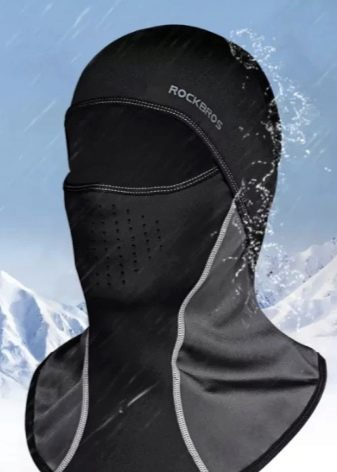
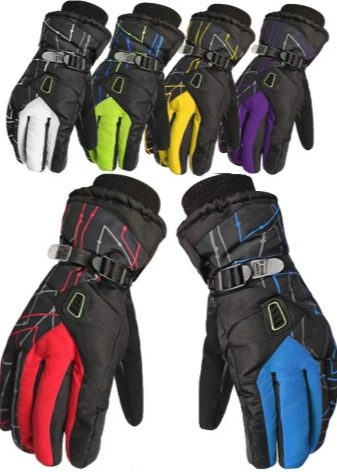
Returning to the choice of hats, it should be emphasized that they should fit snugly. The classic fur hat with earflaps is hopelessly outdated. It is better to use modern counterparts from fleece or lycra. When choosing socks, they are guided primarily by their convenience and quality. Socks that fit the foot anatomically are best.
